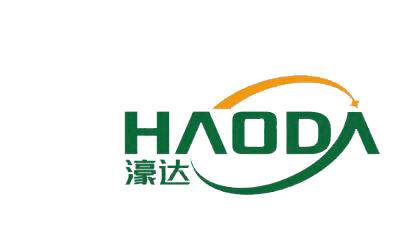The Impact of Advanced Die-Casting Techniques on Product Quality
In today’s competitive manufacturing landscape, the quality of products is paramount. Advanced die-casting techniques have revolutionized the production process, leading to significant improvements in product quality. This article delves into the various advanced die-casting techniques, their impact on product quality, and how they cater to the evolving needs of international customers.
Understanding Die-Casting
Die-casting is a metal casting process that involves forcing molten metal into a mold cavity under high pressure. This method is widely used to produce complex shapes with high precision and excellent surface finish. Traditional die-casting methods have paved the way for advanced techniques that enhance the overall quality of the products being manufactured.
Advanced Die-Casting Techniques
Several advanced die-casting techniques have emerged, including vacuum die-casting, squeeze die-casting, and low-pressure die-casting. Each of these methods offers unique advantages that contribute to improved product quality. For instance, vacuum die-casting minimizes gas entrapment, resulting in denser and stronger castings. Squeeze die-casting enhances the mechanical properties of the metal, while low-pressure die-casting allows for the production of thin-walled components with intricate designs.
The Impact on Product Quality
The implementation of advanced die-casting techniques directly influences product quality in multiple ways. Firstly, these techniques reduce defects such as porosity and inclusions, which are common in traditional die-casting methods. Secondly, they enable manufacturers to achieve tighter tolerances, leading to better-fitting components. Lastly, the enhanced surface finish obtained through advanced techniques often reduces the need for secondary machining processes, thereby improving overall efficiency and cost-effectiveness.
Meeting Customer Demands
As international customers become more discerning, the demand for high-quality products continues to rise. Advanced die-casting techniques align perfectly with these expectations by delivering consistent and reliable results. Manufacturers that adopt these techniques not only improve their product offerings but also enhance customer satisfaction and loyalty. By focusing on quality, companies can differentiate themselves in a crowded marketplace.
Industry Trends and Future Outlook
The die-casting industry is witnessing a significant shift towards automation and smart manufacturing. With the integration of Industry 4.0 technologies, manufacturers can monitor and optimize die-casting processes in real-time. This trend is expected to further enhance product quality and operational efficiency. Additionally, as sustainability becomes a key concern, advanced die-casting techniques that minimize waste and energy consumption will gain traction in the coming years.
In conclusion, advanced die-casting techniques play a crucial role in enhancing product quality, meeting customer demands, and adapting to industry trends. By embracing these innovations, manufacturers can ensure they remain competitive in the global market.

